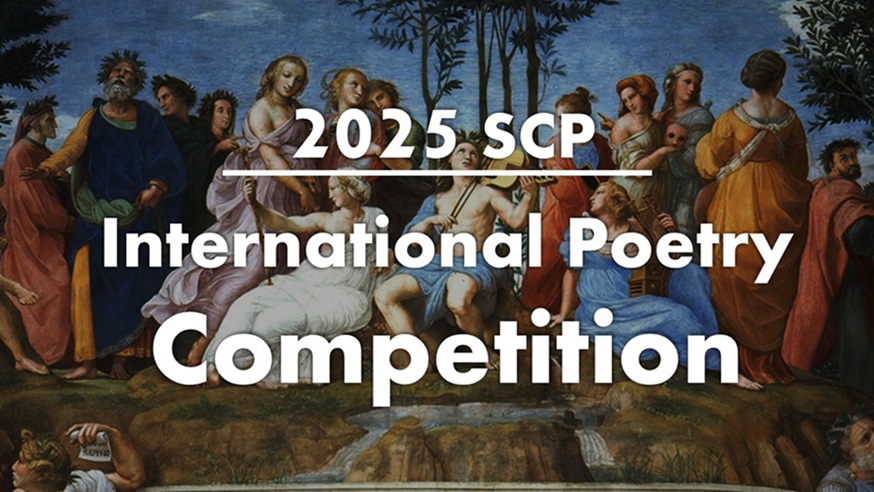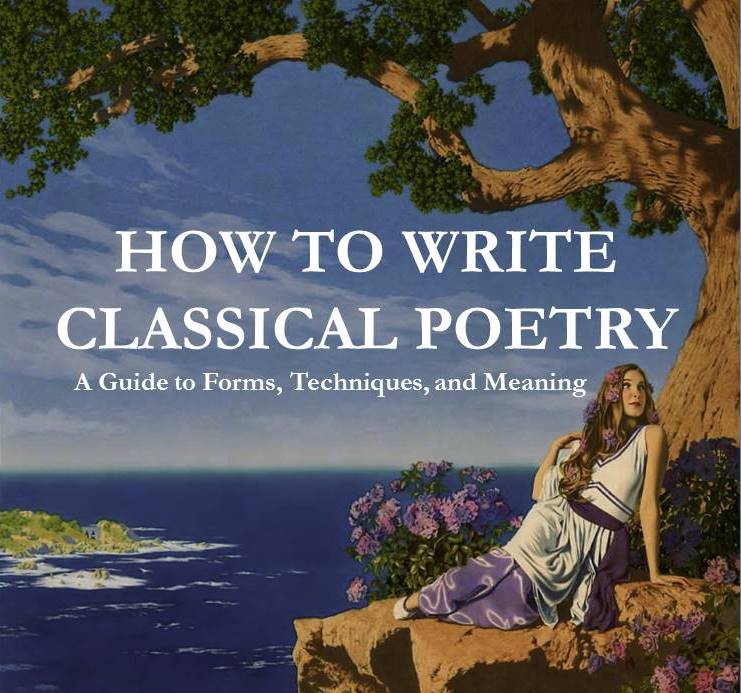On the shores of Lake Erie,
most weak & most weary,
a soldier sat sunning,
returned from the wars,
And though it were bleary,
he still could see clearly
when a bonny lass found him—
her beauty shone pure:
“Though Darlin’, I’m dying,
your vision is blinding,
and I can’t stop from sighing
as I gaze at you,
“So please take these roses
I plucked in old Flanders
while the gas and explosions
made mincemeat of us;—
“They’re wilted & muddy
and some, slightly bloody,
but they’re all I can offer
as I die from my wounds”—
She spoke not but kissed him
with ebony wisdom
embraced him & graced him
with slumber divine,
For she was an angel
come down to lead his soul
to the high halls of Heaven
and wonders of Time.















I really enjoyed the melodious meter of the poem. Could you tell me what the foot is called? I believe Trochee but I could be mistaken. The greatest poetry is often the simplest and most compact. Well done!
Thank you– your words are very kind. It’s actually mostly in amphibrachs, which is a three-syllable foot that goes unstressed-stressed-unstressed, but the fourth line of most of the stanzas is a amphibrach followed by an iamb. Also, the third line often goes unstressed-unstressed-stressed-unstressed-unstressed-stressed-unstressed. Another way to look at it would be to say that the poem is accentual with two beats per line (in fact, that’s how I looked at it until I read a book that explained to me what an amphibrach was about two months ago (that book was ‘Measure for Measure: An Anthology of Poetic Meters’ by Everyman’s Library Pocket Poets, a surprisingly enlightening anthology of formal poetics)). The metrics are not perfect, but I constructed the poem based on a simple melody (a method I highly recommend, but it can be difficult coming up with a melody, I know) (it is somewhat difficult in places to pick out the metrics without knowing the melody) and it works well as a song, so I kept the imperfections anyway. Here is the complete metrical scheme if it interests you:
uu/uu/u
u/uu/u
u/uu/u
u/uu/
u/uu/u
u/uu/u
uu/uu/u
u/uu/
u/uu/u
u/uu/u
uu/uu/u
u/uu/
u/uu/u
u/uu/u
uu/uu/u
u/uu/
u/uu/u
u/uu/u
uu/uu/u
uu/uu/
u/uu/u
u/uu/u
u/uu/u
u/uu/
u/uu/u
u/u/u/
uu//u/u
u/uu/